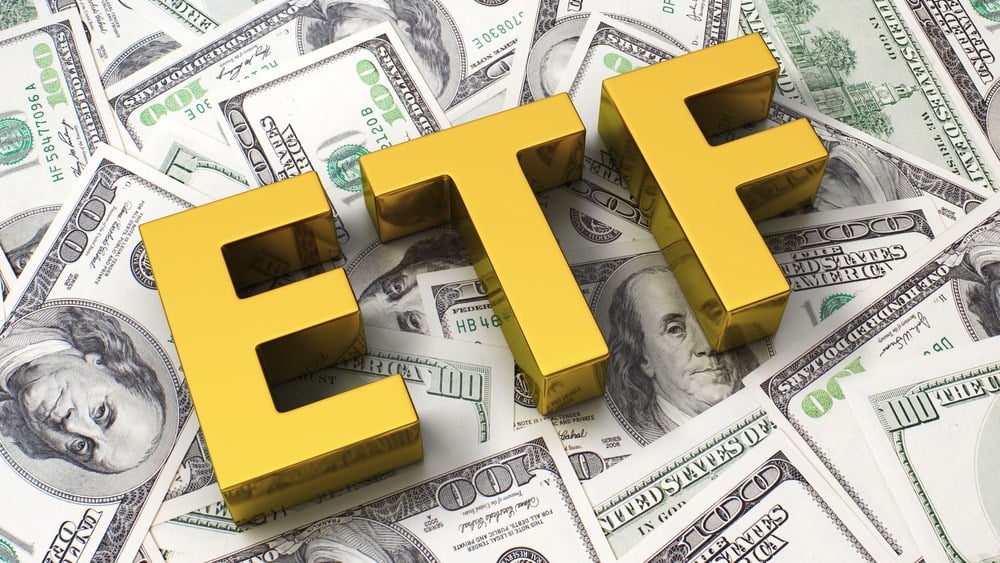
In a recovery year for global equities, investment returns are all over the ‘map.’
Major U.S. indices are up but lagging developed international peers. The growth investment style is significantly outperforming value. Both cases are departures from recent stretches when domestic and value stocks have reigned supreme.
In another role reversal, information technology has taken the reins to lead this year’s rally. With the market oddly hoping for weak economic data to cool Fed interest rate hikes, most sectors are up. Financials are the exception as the recent banking turmoil has thus far outweighed the impact of higher lending rates.
The disparity in 2023 returns has left exchange traded funds (ETF) investors with a difficult choice — chase the outperformers or bargain shop for laggards?
Whether or not the first 100 days is indicative of full-year returns is anyone’s guess. But those that prefer to ride the hot hand may want to check out these three low-cost ETFs.
How Are Semiconductor Stocks Doing?
The Invesco PHLX Semiconductor ETF (NYSEARCA: SOXQ) is up 24% year-to-date, thanks to an anticipated rebound for chipmakers. Although industry data continues to point to a slump in shipments, inventory and pricing, investors are betting that the worst is over. The highly cyclical group has also gotten a boost from the attention surrounding artificial intelligence (AI) chips and the role they are expected to play in advanced learning applications.
In March 2023, trading volume in SOXQ was the highest it has ever been during the fund’s nearly two-year history. This shows that the ETF is gaining popularity with investors who have several choices when it comes to specialized semiconductor funds. SOXQ stands out from the crowd because its 0.19% expense ratio is unusually low. This affords investors low-cost exposure to one of the market’s biggest growth industries. A 1.1% dividend yield roughly on par with the average tech stock is a nice bonus.
Why Are Communication Services ETFs Up?
State Street’s Communication Services Select Sector SPDR Fund (NYSEARCA: XLC) is benefitting from a recovery in entertainment, media and telecom names, which were some of the worst performers of 2022. The ETF is up approximately 22% this year and, based on its valuation, appears to have room to run. Its forward P/E ratio of 17x is below the 18% long-term earnings growth estimate of the fund’s underlying holdings.
By sector ETF standards, XLC is rather concentrated. Only 24 companies are in the fund which is dominated by a pair of megacaps. Meta Platforms and Alphabet have a combined 46% weighting. Netflix, Verizon and Walt Disney are some of the fund’s other prominent holdings.
Meta’s 78% surge to start the year has much to do with XLC’s hot start. But for investors that are intrigued by the company’s metaverse prospects, chasing the stock here may seem imprudent. With a 0.10% expense ratio, XLC offers a diversified alternative to owning Meta outright. Meta’s recent results point to a recovery in digital ad spending but with a possible recession looming, the volatile stock may not be out of the woods just yet.
How Is Mexico’s Stock Market Performing?
South of the border, the Franklin FTSE Mexico ETF (NYSEARCA: FLMX) is quietly having a great year. The fund is up 20% and has the wind at its back due to a possible “nearshoring” boom.
Nearshoring is a supply chain term that refers to a country establishing logistics ties with a neighboring country. Chatter about U.S. corporations shifting manufacturing and supplier relationships to Mexico (as opposed to China and other distant lands) supports investor interest in Mexican stocks. Real estate, transportation companies and banks are being scooped up in anticipation of a nearshoring wave.
For investors that want exposure to this potential catalyst, the FLMX fund is a good way to go. The 0.19% expense ratio is low as far as individual country ETFs go and well below the 0.50% cost of the iShares MSCI Mexico ETF (EWW). At 36 stocks, the fund is less diversified than EWW, but not by much.
And for investors that want to add defense to a portfolio, FLMX’s 32% consumer staples weight is a good feature. Although mobile telecom giant America Movil is the fund’s biggest weighting, stocks like Walmart de Mexico, beverage maker FEMSA and food producer Grupo Bimbo provide more steady, non-cyclical growth.






